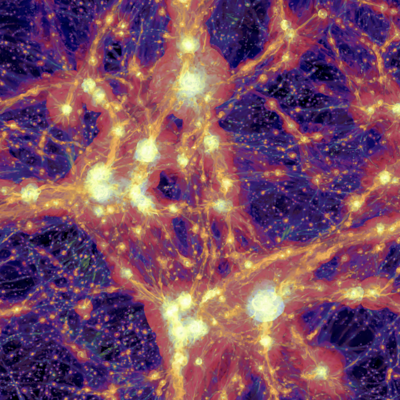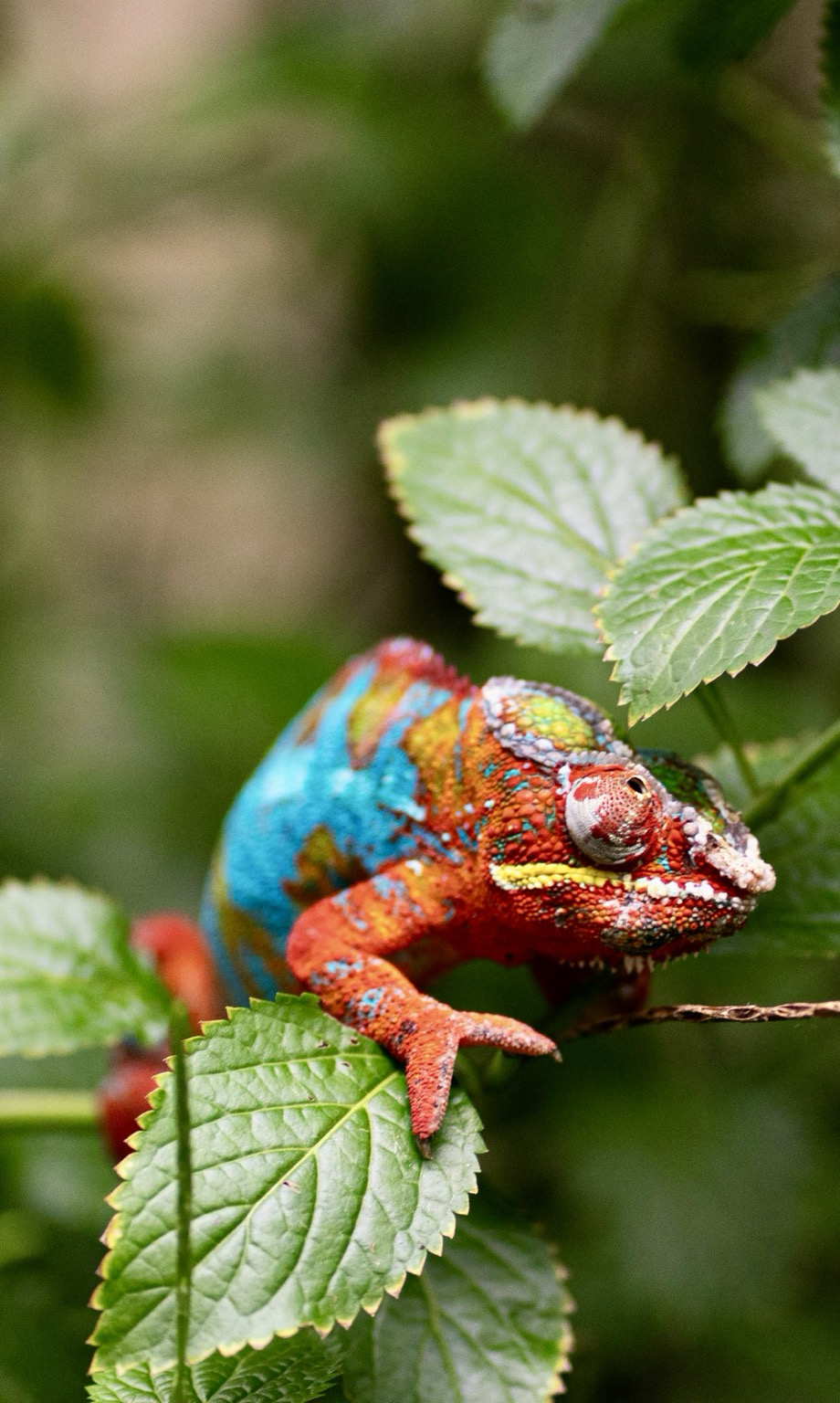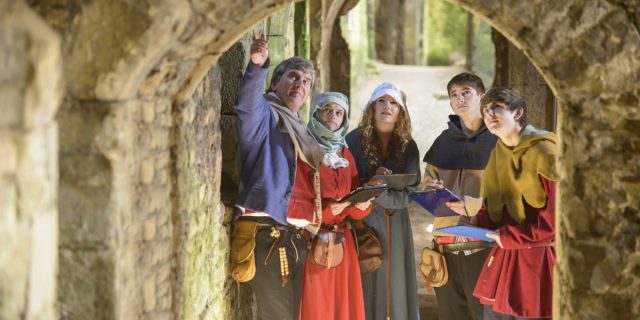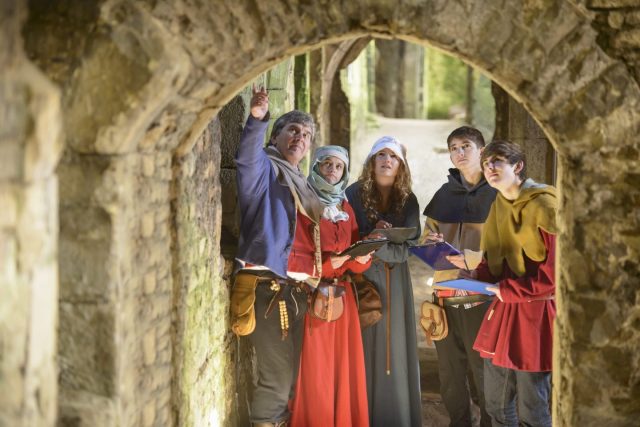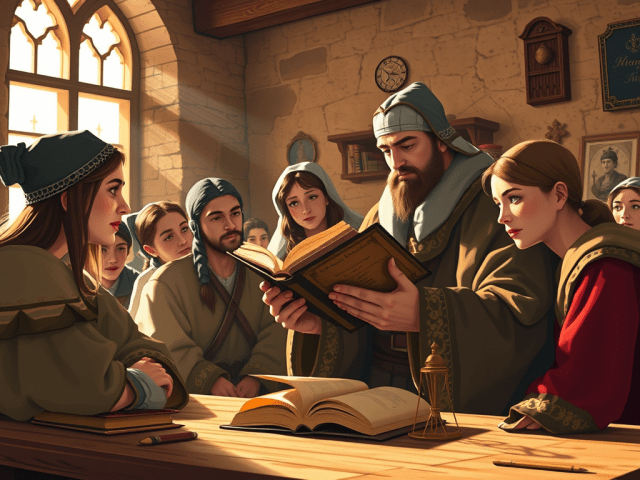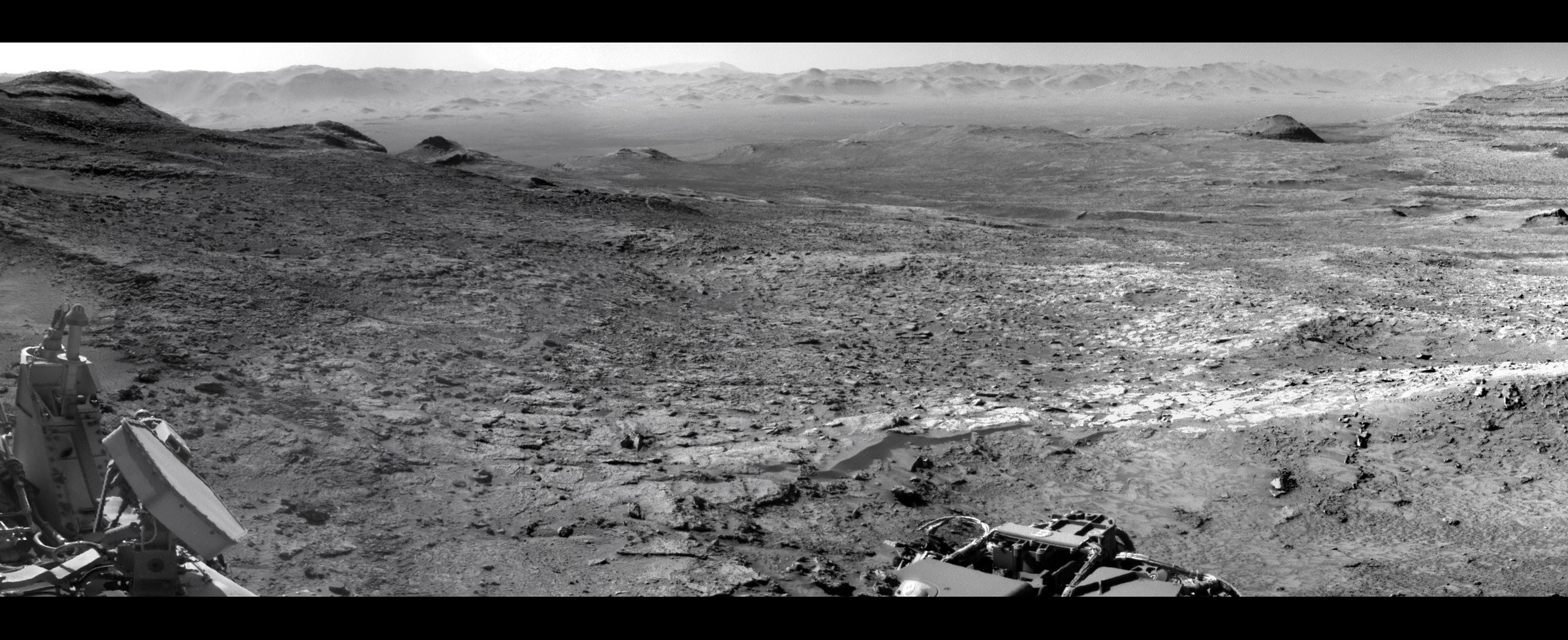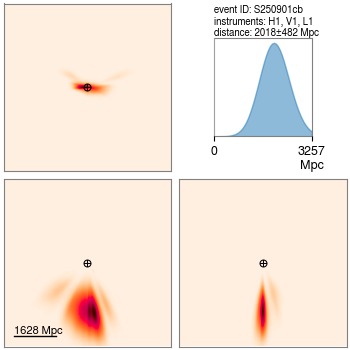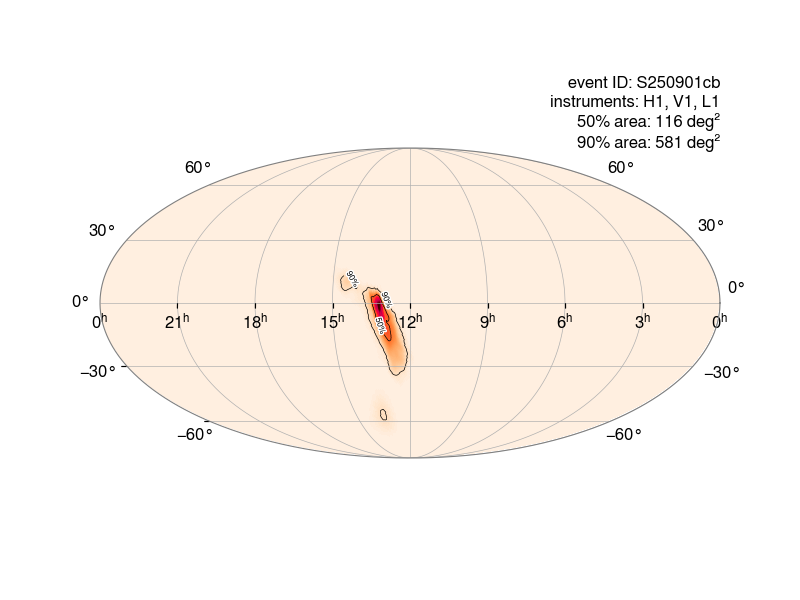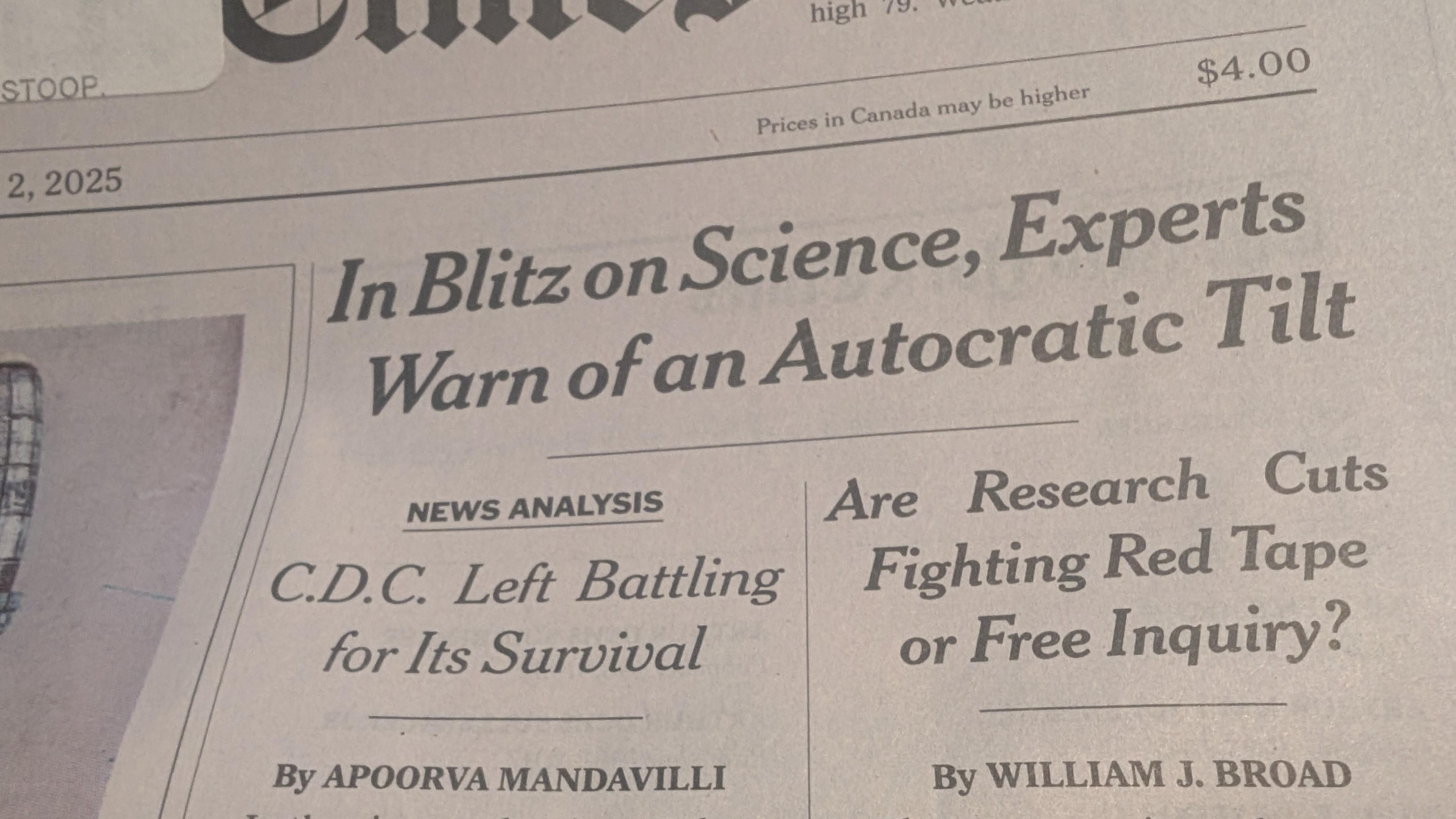Colleges should go ‘medieval’ on students to beat AI cheating, NYU official says | Fortune
AI·Colleges and Universities
Colleges should go ‘medieval’ on students to beat AI cheating, NYU official says
By Jason Ma, Weekend Editor, August 31, 2025 at 6:24 PM EDT
In medieval times, students often listened to teachers read from books, and some schools even discouraged students from writing down what they heard, Shirky said. Getty Images
- Amid the raging debate over the proper role of generative AI in schools, a vice provost at New York University suggested colleges revive some educational practices that date back to medieval times, namely focusing on oral instruction and examination in the classroom. That comes as students have increasingly relied on chatbots to complete assignments.
Educators have been struggling over how students should or should not use artificial intelligence, but one New York University official suggests going old school—really, really old school.
In a New York Times op-ed on Tuesday, NYU’s vice provost for AI and technology in education, Clay Shirky, said he previously had counseled more “engaged uses” of AI where students use the technology to explore ideas and seek feedback, rather than “lazy AI use.”
But that didn’t work, as students continued using AI to write papers and skip the reading. Meanwhile, tools meant to detect AI cheating produce too many false positives to be reliable, he added.
“Now that most mental effort tied to writing is optional, we need new ways to require the work necessary for learning,” Shirky explained. “That means moving away from take-home assignments and essays and toward in-class blue book essays, oral examinations, required office hours and other assessments that call on students to demonstrate knowledge in real time.”
Such a shift would mark a return to much older practices that date back to Europe’s medieval era, when books were scarce and a university education focused on oral instruction instead of written assignments.
In medieval times, students often listened to teachers read from books, and some schools even discouraged students from writing down what they heard, Shirky said. The emphasis on writing came hundreds of years later in Europe and reached U.S. schools in the late 19th century.
“Which assignments are written and which are oral has shifted over the years,” he added. “It is shifting again, this time away from original student writing done outside class and toward something more interactive between student and professor or at least student and teaching assistant.”
That may entail device-free classrooms as some students have used AI chatbots to answer questions when called on during class.
He acknowledged logistical challenges given that some classes have hundreds of students. In addition, an emphasis on in-class performance favors some students more than others.
Continue/Read Original Article Here: Colleges should go ‘medieval’ on students to beat AI cheating, NYU official says | Fortune
#2025 #AI #America #artificialIntelligence #Books #Colleges #Education #Health #History #Learning #Libraries #Library #Medieval #NewYorkUniversity #NYU #Reading #Science #Students #Technology #UnitedStates #Writing


